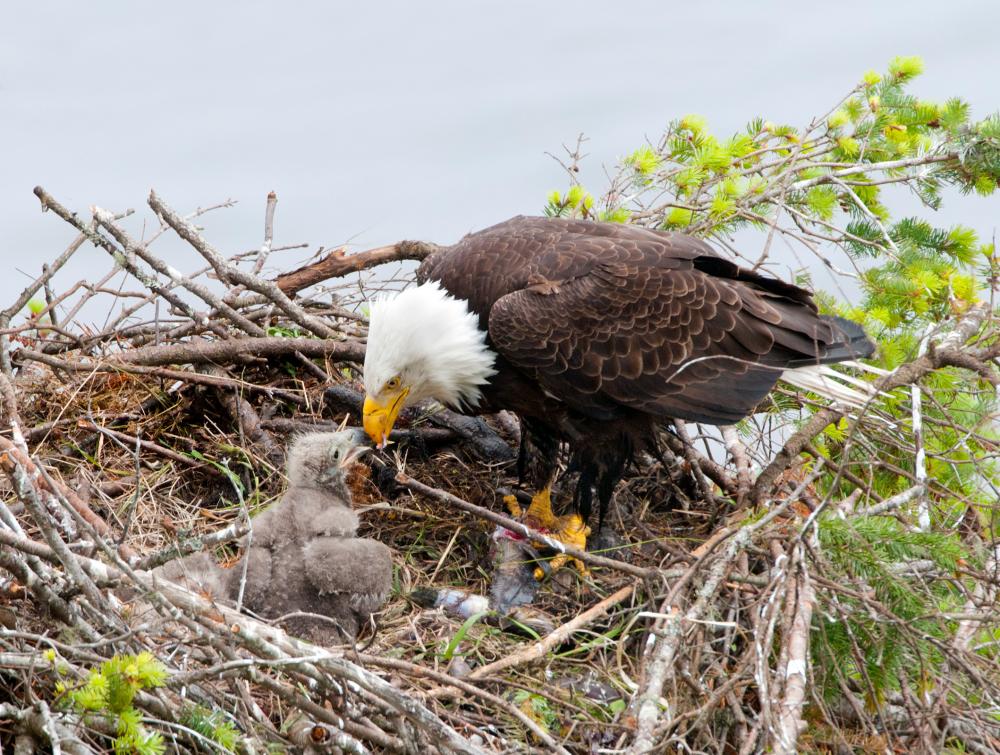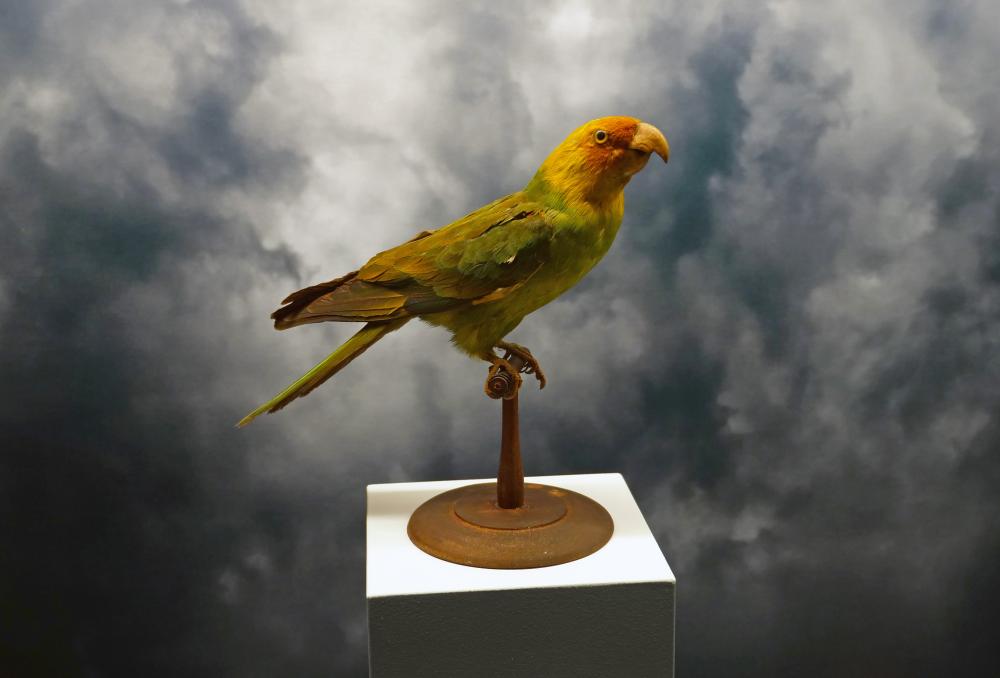
These are the NYSM’s specimens of the extinct (since 1878) Labrador Duck, Camptorhynchus labradorius (left, female NYSM 9408; right, male NYSM 9407). There are only 25 specimens of this species in all American museums combined.
For some species, the conservation laws that protect wild bird populations came too late. Habitat loss and overhunting for food or feathers resulted in the extinction of these birds that were once native to New York. Their loss reminds us that humans are capable of exterminating even widespread and abundant species.
The New York State Museum ornithology collection includes specimens of several North American species and subspecies that have become extinct in the last 150 years.

These are the NYSM’s specimens of the extinct (since 1878) Labrador Duck, Camptorhynchus labradorius (left, female NYSM 9408; right, male NYSM 9407). There are only 25 specimens of this species in all American museums combined.
Widespread agricultural use of the pesticide DDT in the mid-20th century caused raptors and fish-eating species at the top of the food chain to produce eggs with very thin eggshells that broke when the parents tried to incubate them. The banning of DDT in 1972, along with first-of-their-kind restoration efforts by the New York State Department of Environmental Conservation and the Cornell Lab of Ornithology in the 1970s and 1980s, enabled these species to make a comeback from the brink of extinction.

Bald Eagle in nest with young.
In one of the first efforts to save a species from extinction, a bill entitled “An Act for the preservation of heath-hen and other game” is introduced in the New York State Legislature.
Unregulated hunting for feathers to supply the Victorian fashion industry causes widespread declines of wild bird populations.
Last remaining wild Passenger Pigeon is shot in Ohio.
President Theodore Roosevelt issues executive order establishing Pelican Island National Wildlife Refuge in Florida as the first federal migratory bird refuge.
The National Audubon Society is incorporated.
Migratory Bird Treaty Act passes, protecting all non-game bird species in the United States.
Widespread use of DDT causes eggshell thinning in raptors and fish-eating birds. Populations of Bald Eagle, Peregrine Falcon, and Osprey plummet across the country, and these species become rare in New York.
Peregrine Falcons no longer breed in New York.
The last confirmed sighting of an Eskimo Curlew occurs in Barbados.
Scientists studying egg specimens from NYSM and other museums link DDT and eggshell thinning in raptors.
New York State Department of Environmental Conservation is formed.
New York State bans the agricultural pesticide DDT.
The federal government passes the Clean Water Act and bans DDT in all states.
Scientists release 16 captive-bred Peregrine Falcons at sites across the eastern U.S. Six survive the year and return to their release sites to breed.
Only one pair of Bald Eagles remains in New York State. Peter Nye and Mike Allen (NYSDEC) launch the Bald Eagle Restoration Program.
Peregrine Falcons nest in New York State for the first time in more than 20 years, on two bridges near New York City.
Peregrine Falcons return to breeding sites in the Adirondacks.
Peregrine Falcon removed from the U.S. Endangered Species list.
Populations of Bald Eagle, Peregrine Falcon, and Osprey continue to grow. These species, once rare or extirpated from New York, breed throughout the state.
